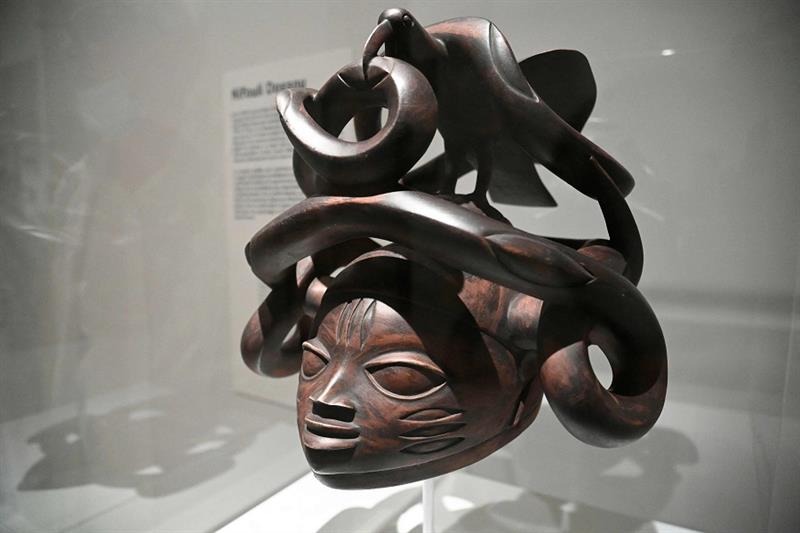Jordan Mendoza, USA TODAY -
A group of paleontologists in Argentina uncovered the skull of an "unusual" dinosaur that was essentially "armless" but was a fearsome, ferocious animal.
While most dinosaurs are known to have walked on four legs, or they were bipedal with two forelimbs, a group known as abelisaurids had such short forelimbs they provided no actual use.
The tyrannosaurus rex, for instance, had longer and larger arms than abelisaurids, but don't let their puny arms fool you.
Despite the disadvantage, abelisaurids were top predators that fed on all sorts of dinosaurs, including taking down the massive titanosaur. They did their hunting using their powerful jaws and heads.
Abelisaurids fossils have been found throughout the world in places like Africa, India and parts of South America, but paleontologists are particularly interested in abelisaurids fossils discovered in in northern Argentina; a region where remains had never been found. This suggests it is a new type of abelisaurids and the group of dinosaurs lived a wide range of ecosystems. The findings were published in the Journal of Vertebrate Paleontology on Thursday.
Wow: This ancient 'killer' crocodile had a dinosaur as its last meal, research shows
The skull of the abelisaurids found is named Guemesia ochoai, after General Martin Miguel de Güemes, a hero of the Argentine War of Independence, and Javier Ochoa, who discovered the skull.
Researchers said Guemesia ochoai had a unique braincase that was 70% smaller than most abelisaurids, raising questions as to whether it was just a juvenile or an entirely new species. The fossil also had no horns but instead had small holes in the front of its skull. Researchers said these holes, known as foramina, were meant to cool down to dinosaur, with blood pumped to its thin skin at the front of its head so it could release heat.
With all the differences, researchers believe they have found a new abelisaurids.
"This new dinosaur is quite unusual for its kind. It has several key characteristics that suggest that is a new species, providing important new information about an area of the world which we don't know a lot about," Anjali Goswami, researcher at the Natural History Museum in London and co-author of the study, said in a statement.
"It shows that the dinosaurs that live in this region were quite different from those in other parts of Argentina, supporting the idea of distinct provinces in the Cretaceous of South America. It also shows us that there is lot more to be discovered in these areas that get less attention than some of the more famous fossil sites," she added.
With Guemesia ochoai, researchers are now hoping to find more of its kind, or possible relatives, to help paint a better picture of what Argentina was like 65-75 million years ago, just before the mass extinction of dinosaurs.
"Understanding huge global events like a mass extinction requires global datasets, but there are lots of parts of the world that have not been studied in detail, and tons of fossils remaining to be discovered," Goswami said.
Follow Jordan Mendoza on Twitter: @jordan_mendoza5.
This article originally appeared on USA TODAY: 'Armless' but deadly: Is dinosaur fossil discovered in Argentina an entirely new species?

















